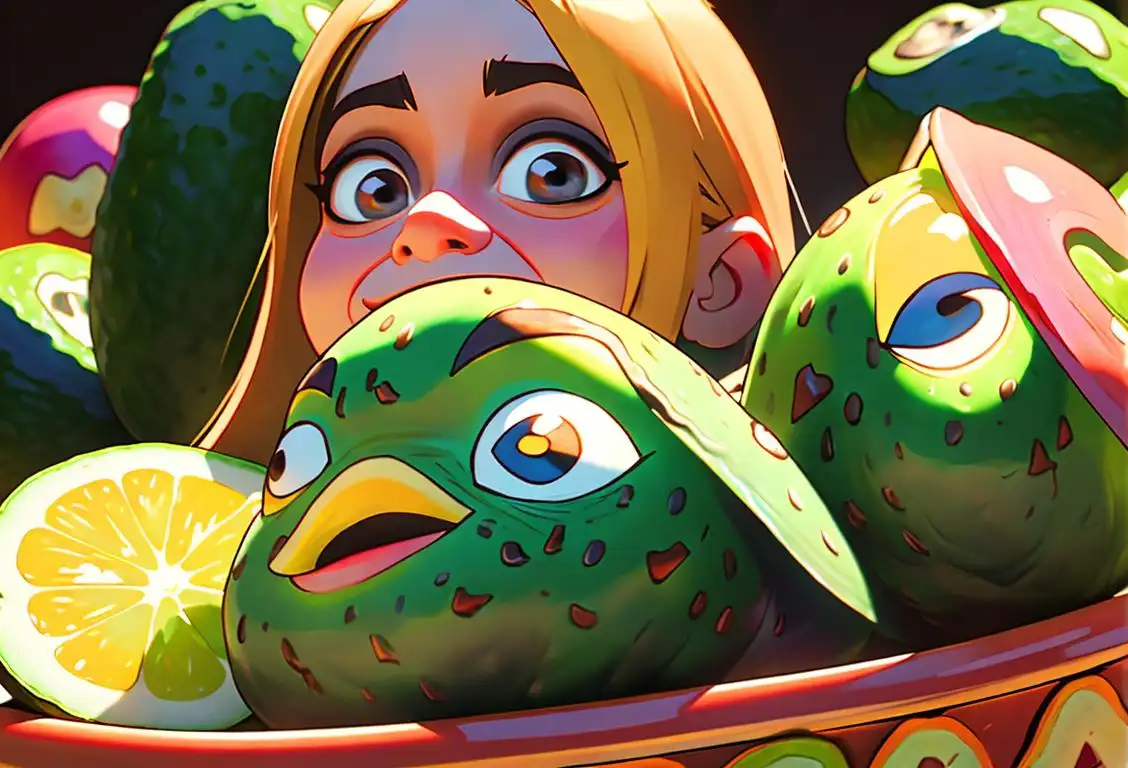National Gin And Tonic Day

Ah, the gin and tonic. Is there a more refreshing and quintessentially British drink? We think not! Get ready to raise your glass and celebrate National Gin and Tonic Day, a day dedicated to honoring this delightful concoction that has graced our taste buds for centuries.
When is Gin And Tonic Day?
It's national gin and tonic day on the 9th April.
The Internet and the History of National Gin and Tonic Day
When it comes to the internet's obsession with National Gin and Tonic Day, it's no surprise that mentions have been popping up left, right, and center. With a staggering 321 online mentions, it's clear that people just can't resist the allure of this classic cocktail. The most gin and tonic-related buzz happened on April 9th, 2020, when everyone was in dire need of a good old-fashioned G&T to lift their spirits.
But let's dive deeper into the origins of National Gin and Tonic Day. This beloved beverage has a storied past that dates back to the British colonial era. During the 19th century, British soldiers stationed in India were given quinine, a bitter compound obtained from the bark of the cinchona tree, to combat malaria. To make it more palatable, they mixed it with water, sugar, lime, and of course, gin. Thus, the gin and tonic was born.
Fast forward to the present day, and the gin and tonic has become a beloved cocktail worldwide. Its crisp and refreshing flavors make it the perfect choice for a sunny summer afternoon or a cozy winter evening. And let's not forget the countless variations and garnishes you can experiment with, from cucumber and mint to pink grapefruit and rosemary.
So how can you celebrate National Gin and Tonic Day? Well, start by gathering your loved ones (or your virtual companions) and raise a toast to this marvelous drink. Mix up a classic gin and tonic, or get creative and try a new twist on the recipe. Don't forget to snap a photo for the 'gram and tag it with #NationalGinAndTonicDay. Cheers!
History behind the term 'Gin And Tonic'
1769
Discovery of quinine
In 1769, Scottish physician and botanist, William Roxburgh, discovered quinine, a bitter compound found in the bark of the cinchona tree. Quinine was found to be an effective treatment for malaria and became widely used in the treatment of the disease.
1825
Introduction of Indian tonic water
Indian tonic water, which contained quinine, was first introduced in 1825 by British officers stationed in India. The carbonated water was mixed with quinine to make it more palatable for consumption. The bitter taste of quinine led to the addition of various sweeteners and flavors, including gin, in later years.
1857
Gin and tonic as a medicinal cocktail
During the 1800s, the British colonies in India faced the challenge of preventing malaria among their troops and officials. They discovered that quinine, when mixed with gin and other flavorings, not only masked the bitterness of the quinine but also made it an enjoyable beverage. The combination of gin and tonic became a popular medicinal cocktail for preventing and treating malaria in tropical regions.
1861
Introduction of Schweppes Indian Tonic Water
In 1861, Schweppes, a prominent beverage company, introduced its Indian Tonic Water, which combined carbonated water, quinine, and other botanical flavors. This ready-made tonic water made it easier for people to enjoy a gin and tonic at home or in social settings, further popularizing the drink.
Did you know?
Did you know that the gin and tonic was originally invented as a way to cure malaria? Talk about a delicious remedy!Tagged
food fun loved onesFirst identified
6th April 2016Most mentioned on
9th April 2020Total mentions
321Other days
Biscuit Day
Cheese Lovers Day
Cheese Pizza Day
Agriculture Day
Bacon Day
Medal Of Honor Day
Pumpkin Day
Foundation Day
Guac Day
Drink A Beer Day









